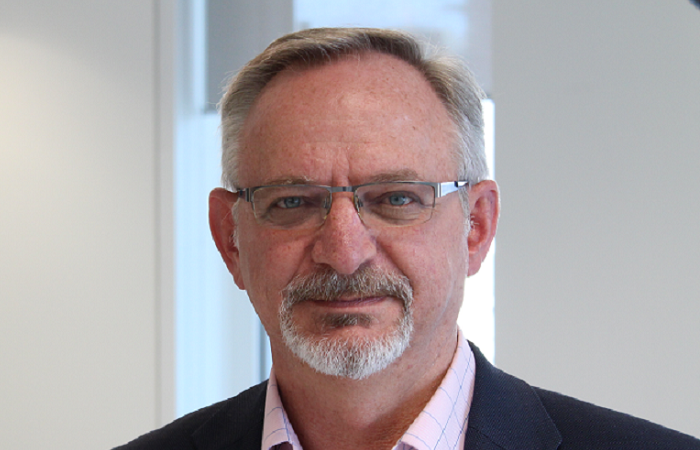Virtual GP appointments and other primary care services made up two-thirds (64%) of all Vitality Health claims in 2023.
These services include the Vitality GP, talking therapies, physiotherapy, optical, dental and hearing cover benefits.
Since 2019, the provider has seen a 326% increase in claims rates for its virtual GP and a 282% increase in claims rates for all everyday care – showing the growth in demand for primary care over the past five years.
The data showed that while physiotherapy visitation rates increased by 35% between 2019 and 2023, more severe in-patient musculoskeletal claims rates reduced by a 31% in this same period.
Vitality also found similar results for its mental health claims and said it will be publishing a more detailed breakdown shortly.
The data has been released ahead of publication of the insurer’s 2024 Health Claims and Insights Report.
Vitality embedded everyday care into its cover in 2015 to support and prioritise prevention and early intervention, reducing the likelihood of costlier and more severe later claims.
The insurer said increases in everyday care claims fell in line with data published by the Association of British Insurers (ABI), which reported a 140% increase in mental health appointments and a 27% increase in physiotherapy over 2019 to 2022.
However, Vitality said it had been the only insurer to publish evidence of reductions within in-patient claims over the same timeframe.
Additionally, Vitality said that demand for everyday care has proved particularly popular among its younger members, with the majority of those using the Vitality GP app aged between 30 and 40.
However, all age groups continue to grow their use of the tool, as the business reports a 40% increase for those aged 60 and over in the last year.
Keith Klintworth, managing director of VitalityHealth, (pictured) said: “Where historically PMI served to supplement the NHS, focusing on secondary and tertiary care, Vitality has always looked for ways to offer much more, from preventative lifestyle support to screening, to access to everyday care services.
“We work with our members at every step and stage of their health journey to ensure they are living in better health for longer.
“Ultimately, preventative and everyday healthcare services need to be seen as more than a bolt-on, ancillary service, which is why we have integrated it into our wider healthcare ecosystem.
“The fact prompt access to everyday care is linked to lower risk of future in-patient care is powerful evidence for the preventative approach we have situated at the heart of our programme.”
